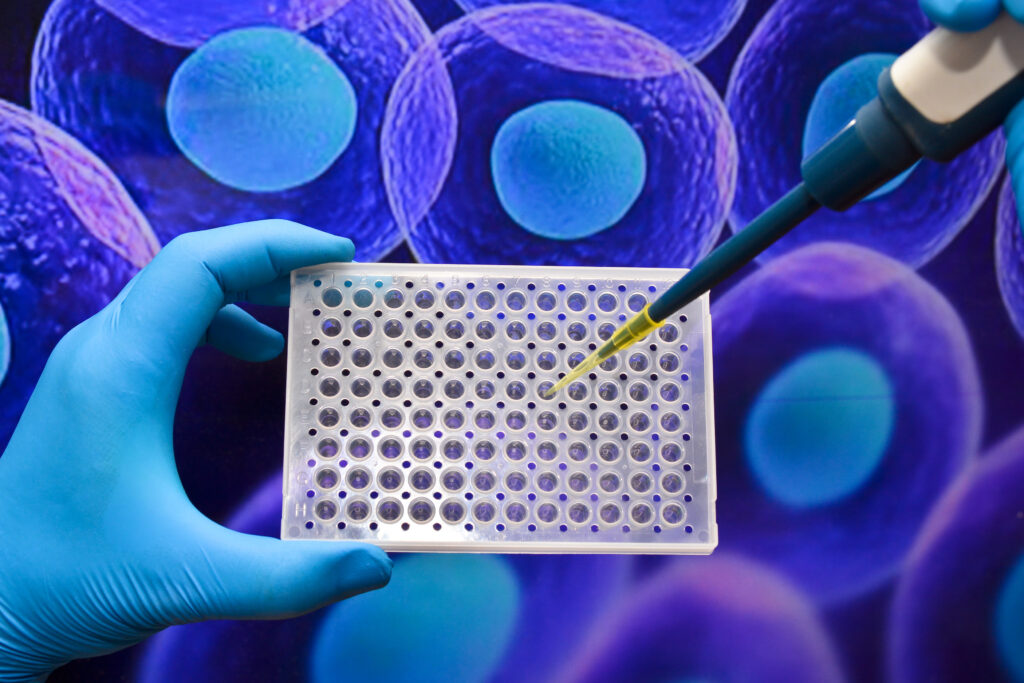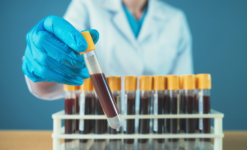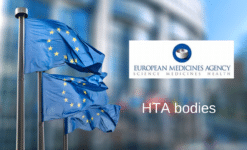
Gene Therapies and Cell-based products, referred to as Regenerative Medicine Advanced Therapy (RMAT) in the USA and as Advanced Therapy Medicinal Products (ATMP), need an individualized approach in planning for the non-clinical and clinical development to minimize failure and make development efficient and successful.
I had the privilege of heading the Biologicals Unit at UK, MHRA and of representing the agency as the UK member of EMA Committee for Advanced Therapies (EMA/CAT) and the Scientific Advice Working Party (EMA/CHMP/SAWP). I learnt that one cannot either underestimate the potential of these products while at the same time be aware of the complexity of these products that make successful development highly challenging.
There are many challenges in developing an ATMP as I mentioned in the blog “How to successfully manage the challenges of developing an ATMP”. In this blog, I concentrate on the non-clinical and clinical aspects. The many challenges in translation posed by this class of products include all aspects from start to finish. We will be covering aspects such as CMC and Reimbursement and relevant Regulatory aspects for ATMPs in the near future, to ensure that the entire life-cycle aspects are understood to enable efficient development plans. Thus, the entire development plan needs to be clearly planned based on a clear understanding of the scientific aspects and a risk-based approach before proceeding with clinical application and intended real-world clinical use. In order to successfully overcome these challenges, a clear understanding of the requirements and expectations of all the stakeholders is critical.
The figure below gives an idea of the potential effect of manufacturing changes. Any difference caused by such change could have a significant effect on the evidence which needs to be considered in the development planning.

What are non-clinical to clinical translation challenges and how should they be approached?
A significant proportion of the products are being developed by academia or small/medium-sized enterprises (SMEs). As compared to a conventional product, the entire development needs to be individualized. The non-clinical testing strategy can be considerably different. Biodistribution, migration, persistence, engraftment, proliferation, differentiation, insertion, transitory effect, duration of exposure are key questions for which classical evaluation methods do not apply to ATMP. Whatever the animal model chosen, developers will need to keep in mind the limitations of the models and the relevant information that the model could provide.
By adopting a strong scientific basis for translation of the available and applicable evidence and information towards intended clinical use, and an individualized approach, it is more likely to lead to successful real-world clinical use of ATMPs.
What’s the right approach for Clinical Development?
The clinical trials often begin in patients, as healthy volunteer studies are often not possible, with the added complexity of interpreting the data acquired from patients. This includes a clear understanding of what potential effects can be attributed to the disease as opposed to the product to minimize/eliminate any bias.
While clinical trials with these products will need to follow the same principle as for any other medicine, the complexity of the products makes risk assessment for clinical trial use more challenging. Further, as clinical trials in the EU are regulated by National Agencies rather than by EMA, any difference in the approach of the National agencies will have a significant impact on the development plan. This is particularly the case when it comes to the interpretation of the regulation in relation to the application of whether contained release and deliberate release regulation applies to the product as described below.
Depending on the European Member State where the clinical trial is to take place, the use of a GMO will be considered under the framework of “deliberate release”, defined by the Directive 2001/18/EC, or of “contained use”, defined by the Directive 2009/41/EC. Both frameworks imply specific requirements. The deliberate release of GMOs into the environment is defined in the Directive 2001/18/EC as the intentional introduction into the environment, and no specific containment measures are used to limit their release, and to provide a high level of safety for the general population and the environment. On the contrary, the contained use is defined as any activity using GMO(s) in which specific containment measures are used to limit their contact with, and to provide a high level of safety for the general population and the environment, according to the Directive 2009/41/EC. Of note, these legislations have been introduced at a time when the regulators had crop-related issues in mind and are not specific to GMO as medicinal products. Any difference between nations could have a significant knock-on effect in the development cycle, causing added complexity and significant delay in the product reaching the patients in need. The national agencies are aware of this challenge and the future expectation is this will be dealt with positively with a joint effort between agencies.
Regulatory pathways for ATMPs in Europe
The figure below gives an idea of various aspects that need to be considered in the development and the required approach. As can be seen, there are many regulatory steps available to enhance successful outcome in development. It is worth considering all the relevant steps that are applicable to enhance the chance of success in development. The benefit of using these pathways cannot be overemphasized.

CAT: Committee for Advanced Therapies
HTA: Health Technology Assessment body
PRIME: PRIority MEdicine scheme
When is the right time to speak to the regulators?
In conclusion, while developing ATMPs, developers are strongly advised to initiate dialog with the agency(ies) as early as possible through scientific advice procedure. While regulations are established and guidelines are available to facilitate product development strategy, it is important to note that the developers need to fully understand the product in relation to the intended use and plan prospectively the approach for successful translation. While regulators can provide valuable input and advice, this can at best complement the knowledge and planning of the developers who should have an in-depth understanding and knowledge of the product. As such, developers should be able to justify their study designs, test model(s) (in vitro, ex vivo, and/or in vivo), and/or absence of specific studies, etc. Using an integrated approach covering CMC/NC/Clinical aspects is key for any pharmaceutical product but it is even more critical for ATMPs.




